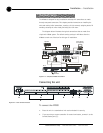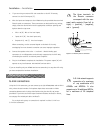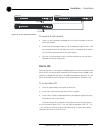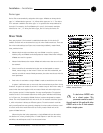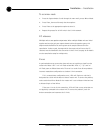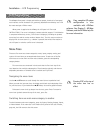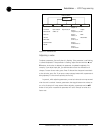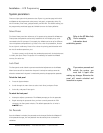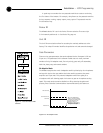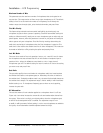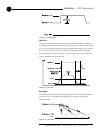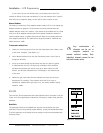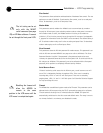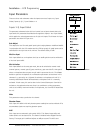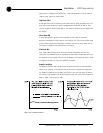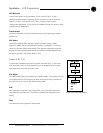
Installation ~ LCD Programming
16
Technical Services Group ~ 1-800-283-5936 (USA) ~ 1-801-974-3760
A good way to remember the new passcode would be to create a word using
the first letters of the buttons. For example, using Rooms as the passcode would be
the key sequence: routing, output, output, meter, system. The passcode must be
five characters long.
Device ID
The AP800’s device ID is set in the Device ID menu selection. There are eight
G-Link network positions (0–7). See Device IDs, page 10.
Unit ID
The Unit ID menu selection allows for accessing the read-only address set at the
factory. This unique ID number identifies the particular unit and cannot be changed.
Gate Parameters
There are nine gate parameters that can be adjusted via the front-panel LCD (see
Figure 2.7). The parameters in this submenu include last mic mode, maximum
numbers of mics, PA adaptive mode, first mic priority, gate ratio, off attenuation,
hold time, decay rate, and manual ambient.
PA Adaptive Mode
The AP800 recognizes how much loudspeaker audio is picked up by the microphones
and uses this level as the new ambient level when audio is present at the power
amplifier (see Figure 2.8). This prevents loudspeaker audio from gating on a
microphone while still allowing people in the room to gate on microphones as they
speak. This mode can be turned on (default) or off by selecting the option and
pressing Enter. ClearOne Communications recommends leaving this feature on.
Figure 2.7. Gate Parameters LCD
submenu
Ambient Level
Gate Ratio
New Ambient Level
New Gate Ratio
When the AP800 detects
audio in the power amplifier,
it increases the ambient level
to match the level of the
speak
er audio at the
microphones
.
This prevents
the speaker audio from
turning on the microphones
.
Figure 2.8. PA adaptive mode



